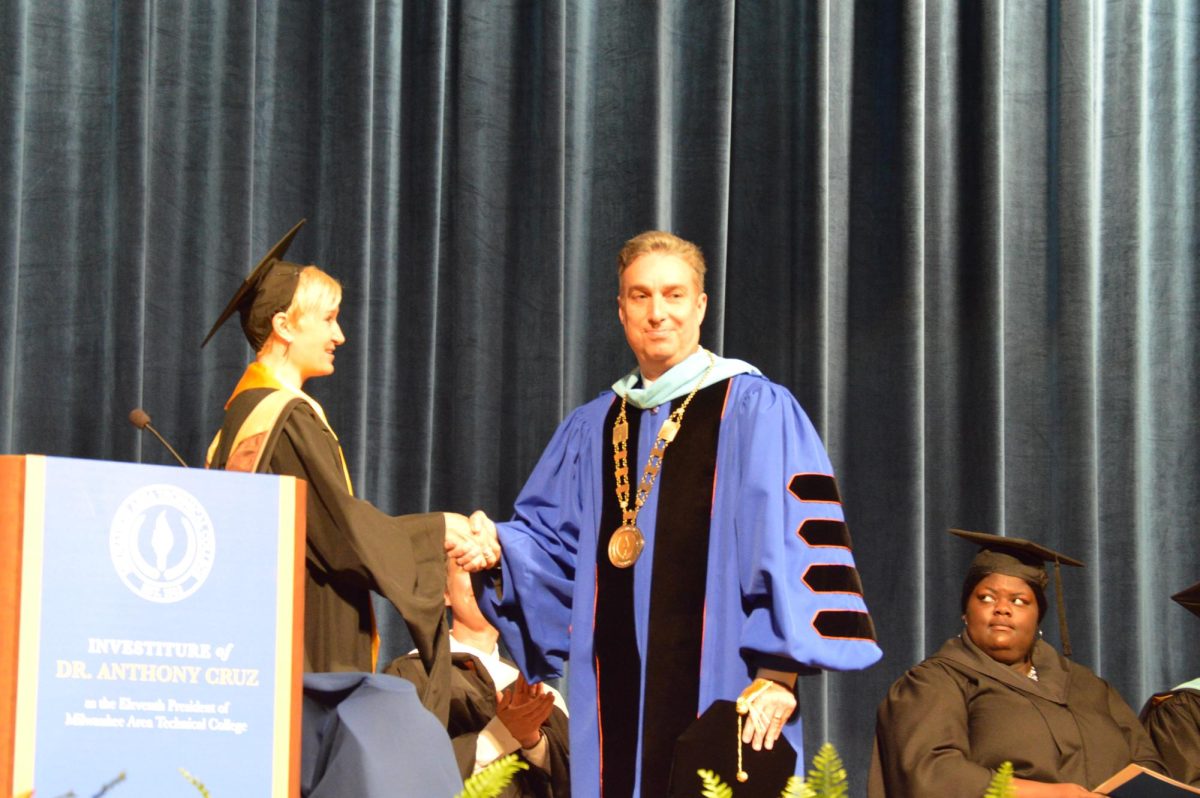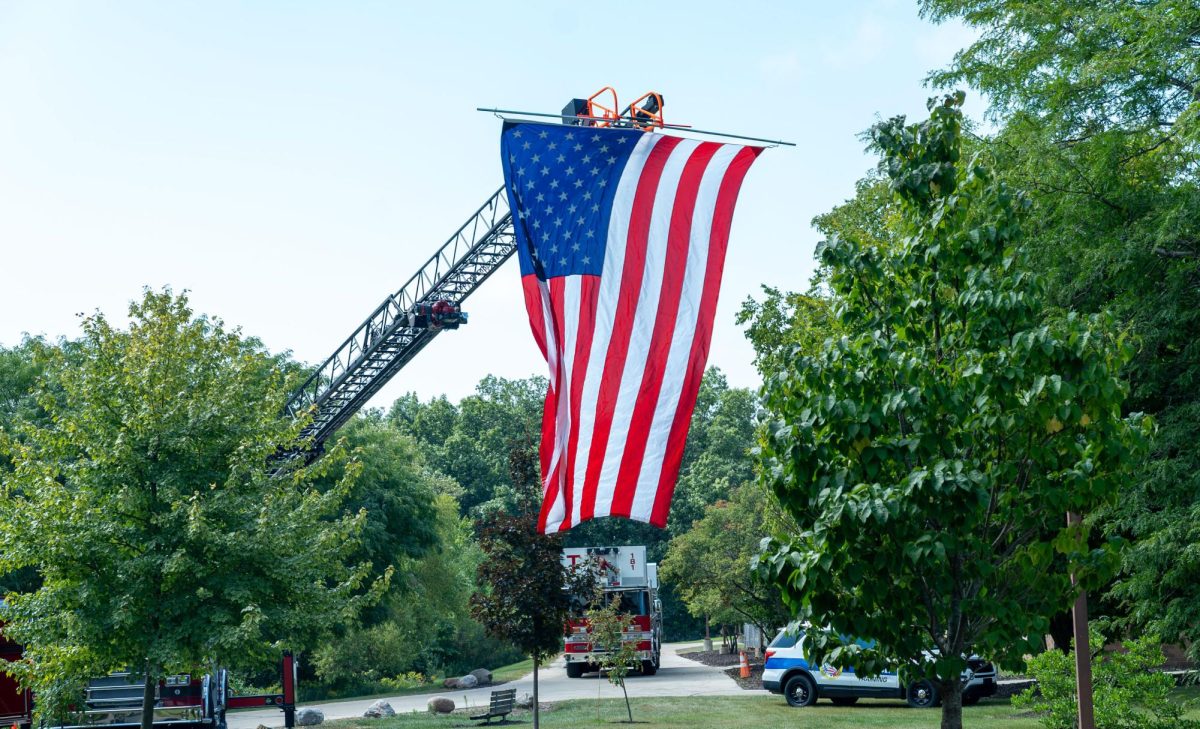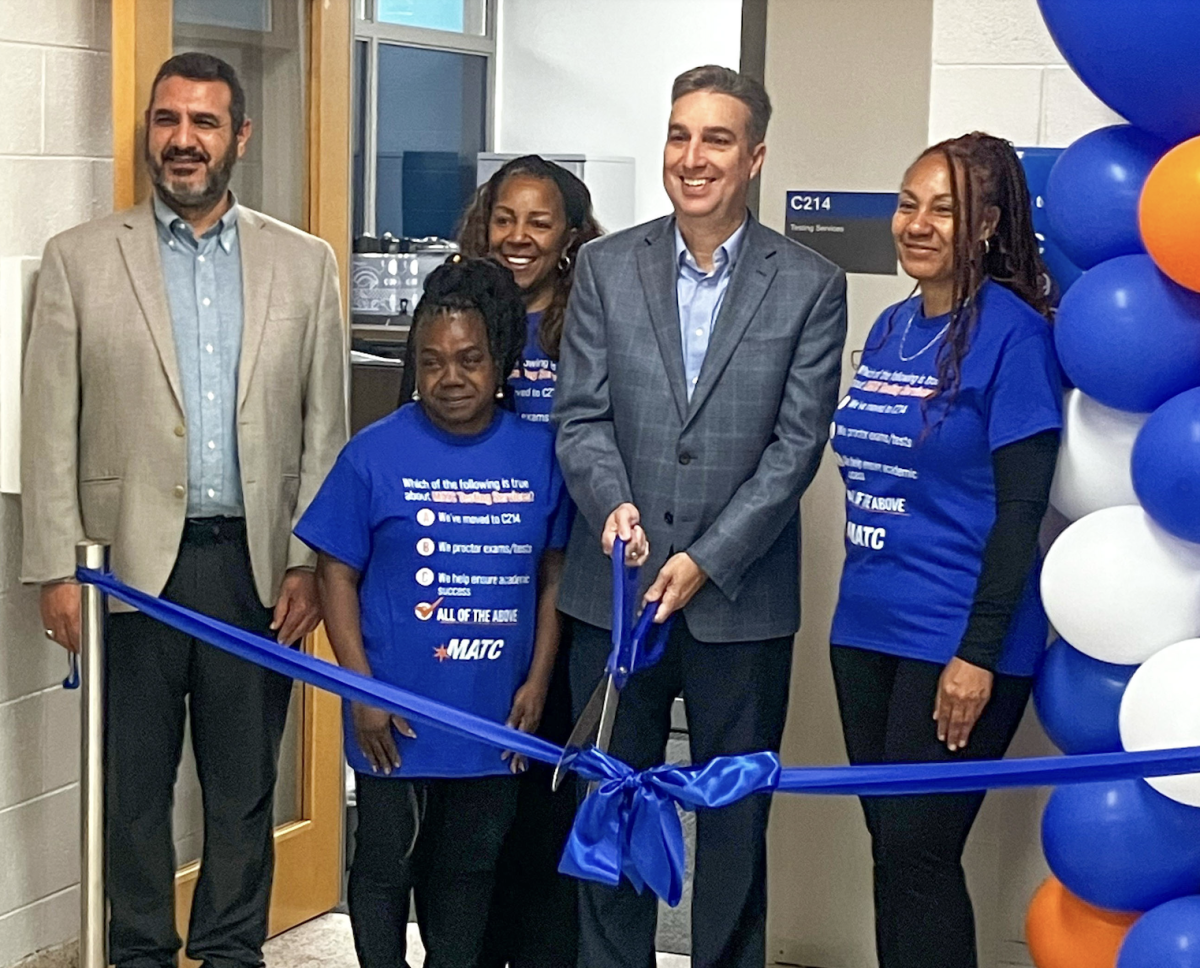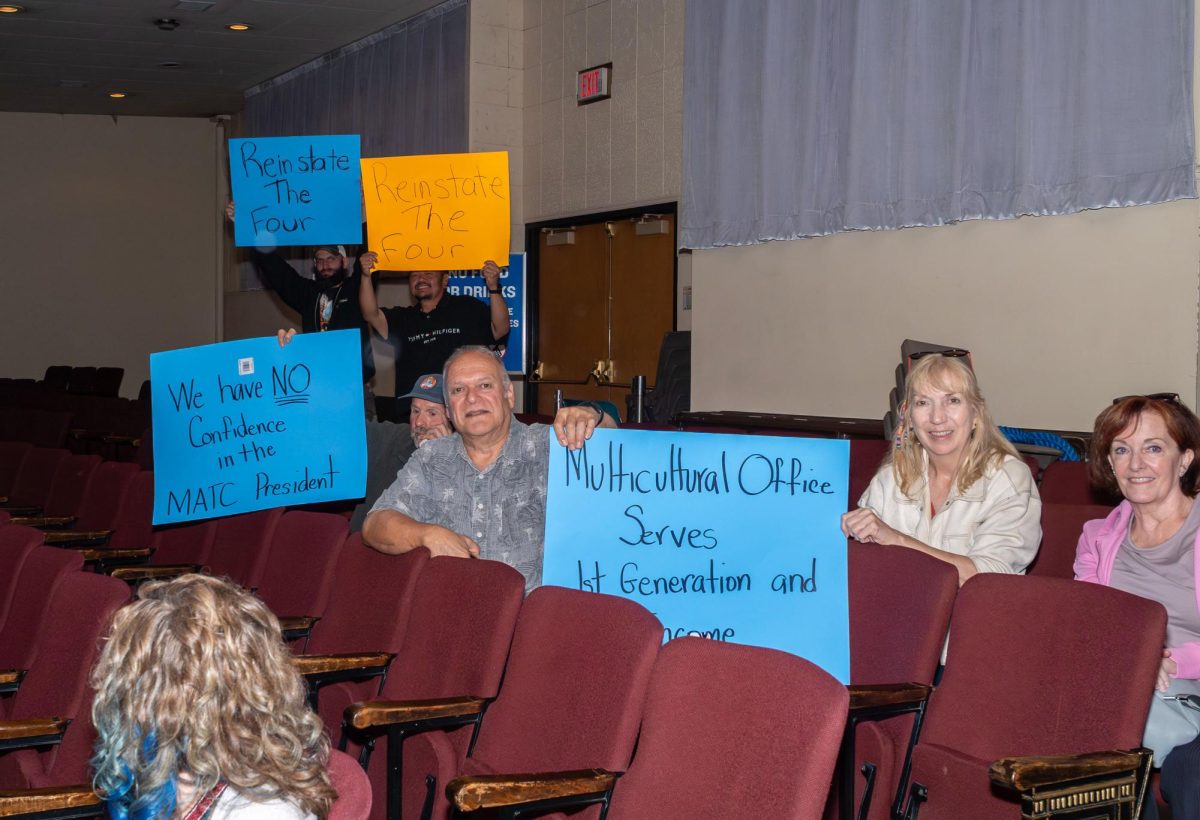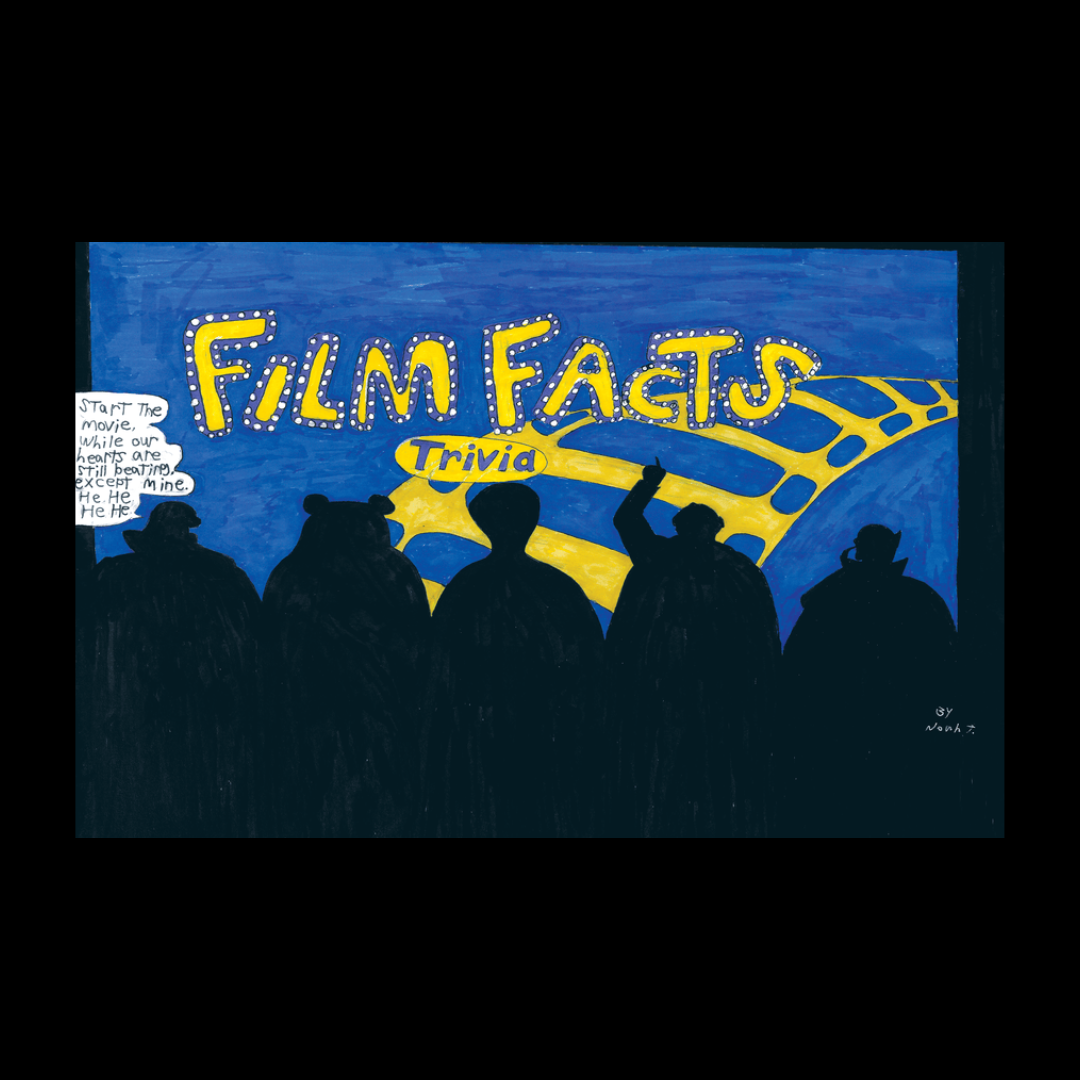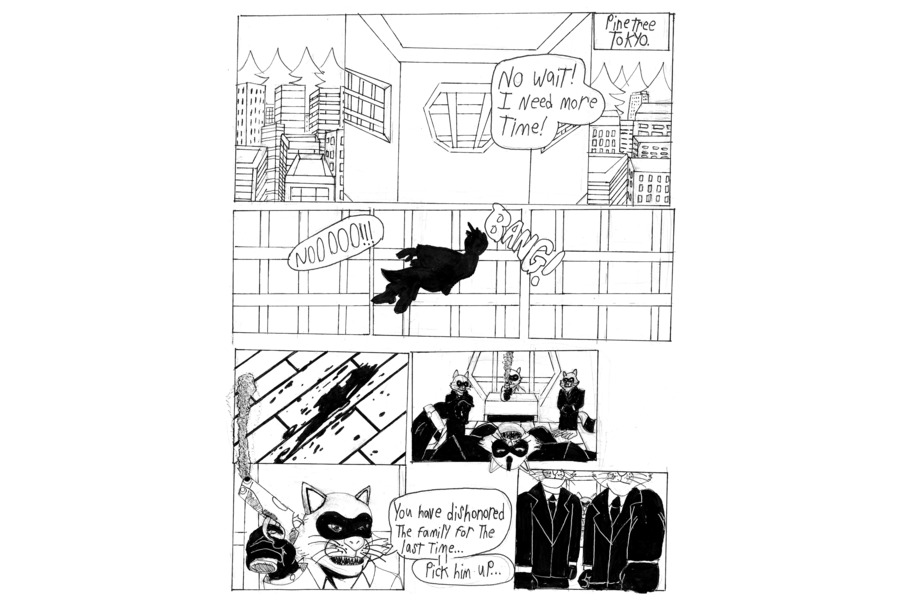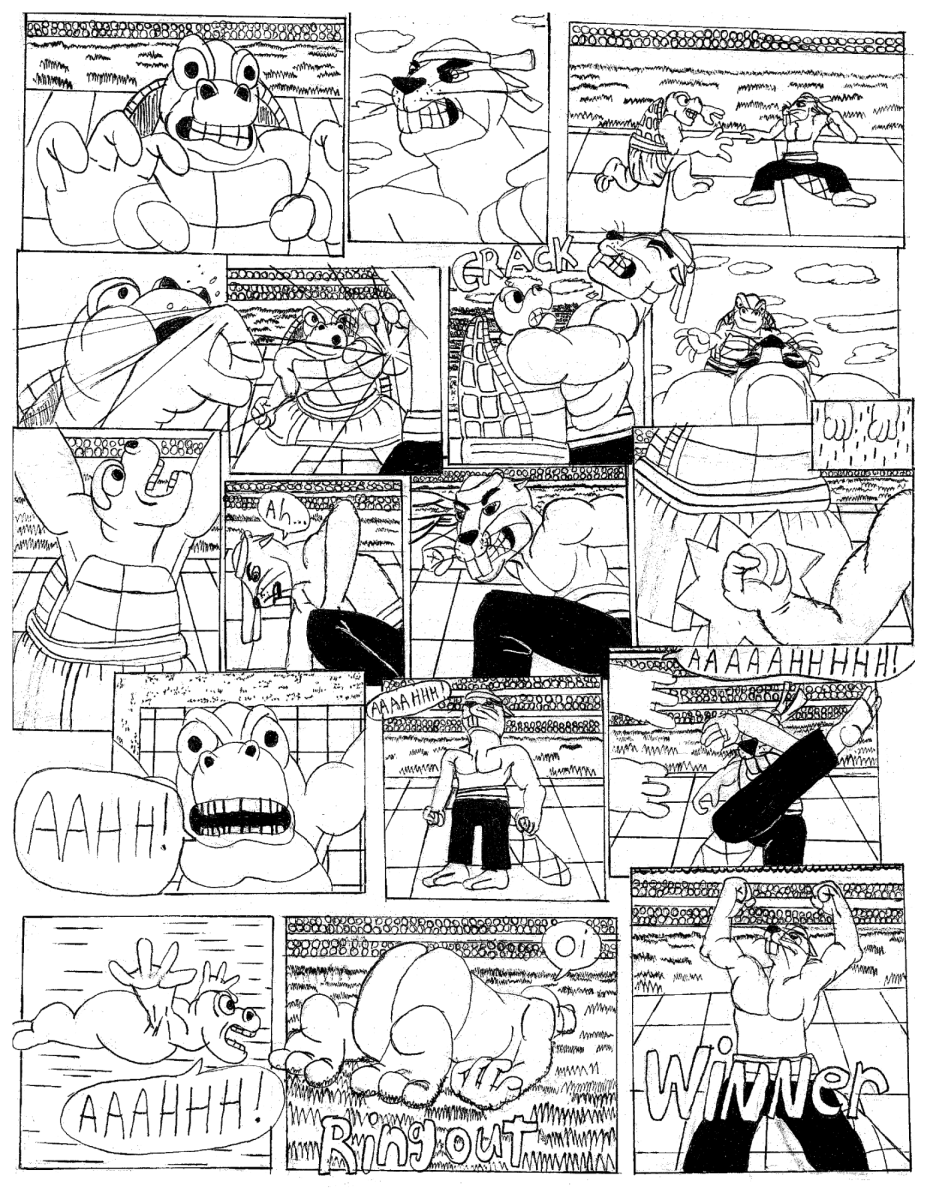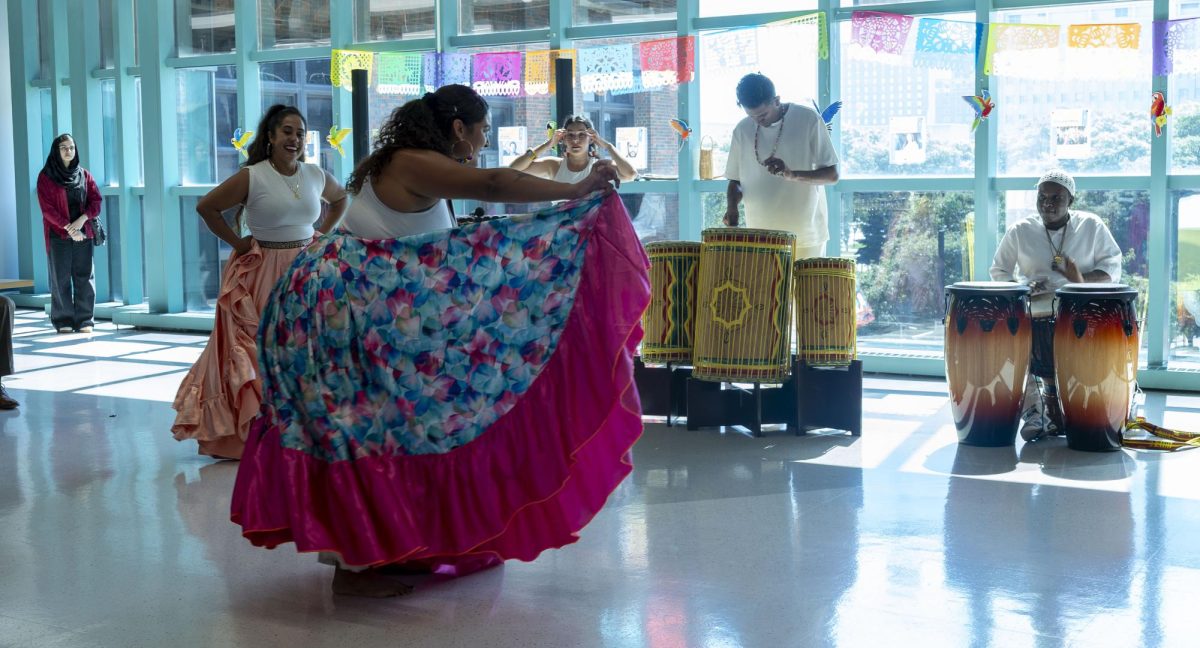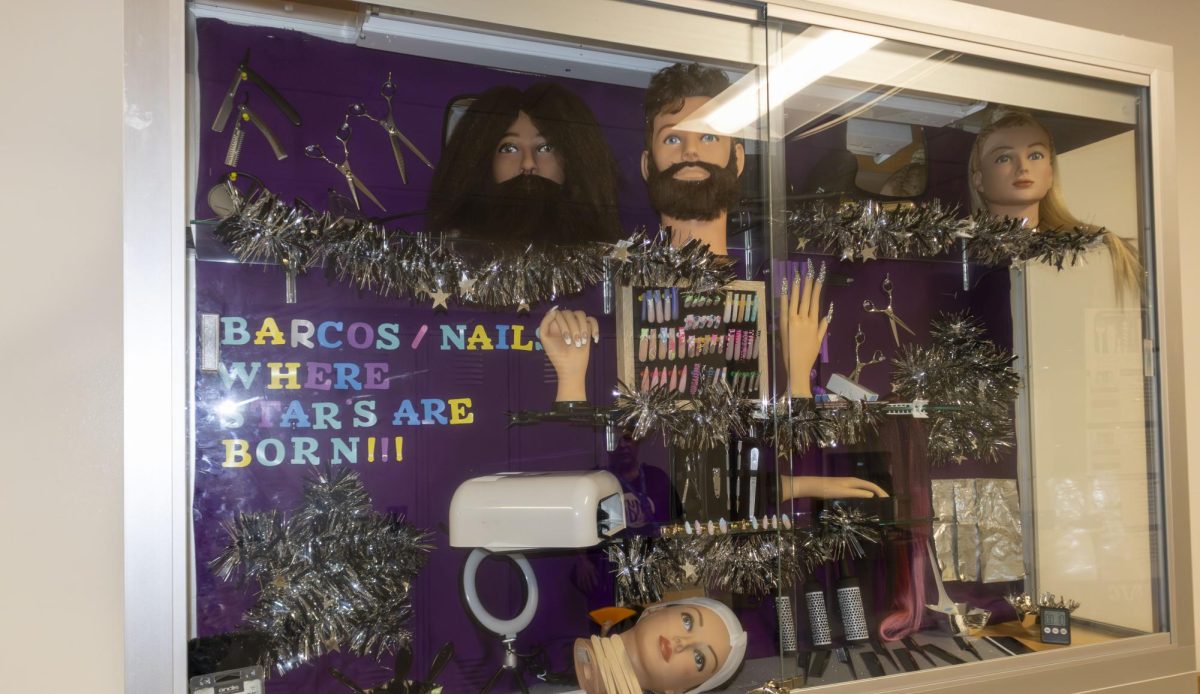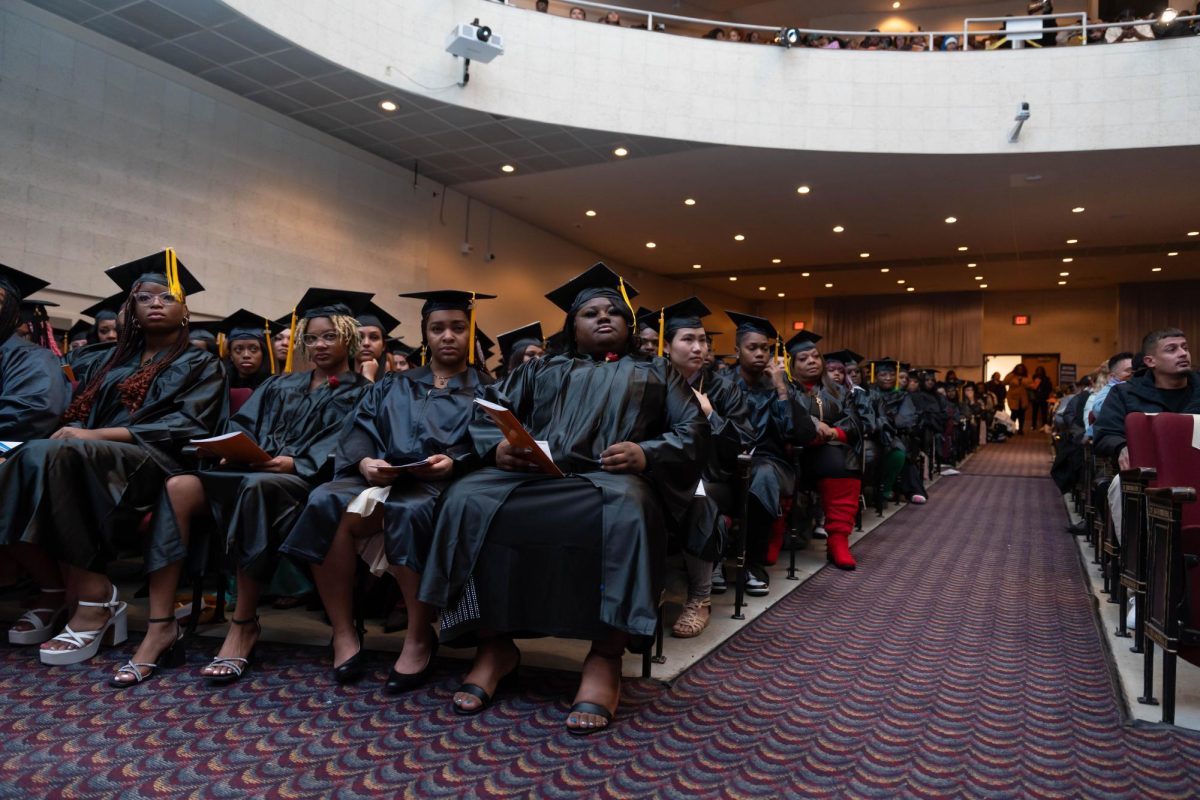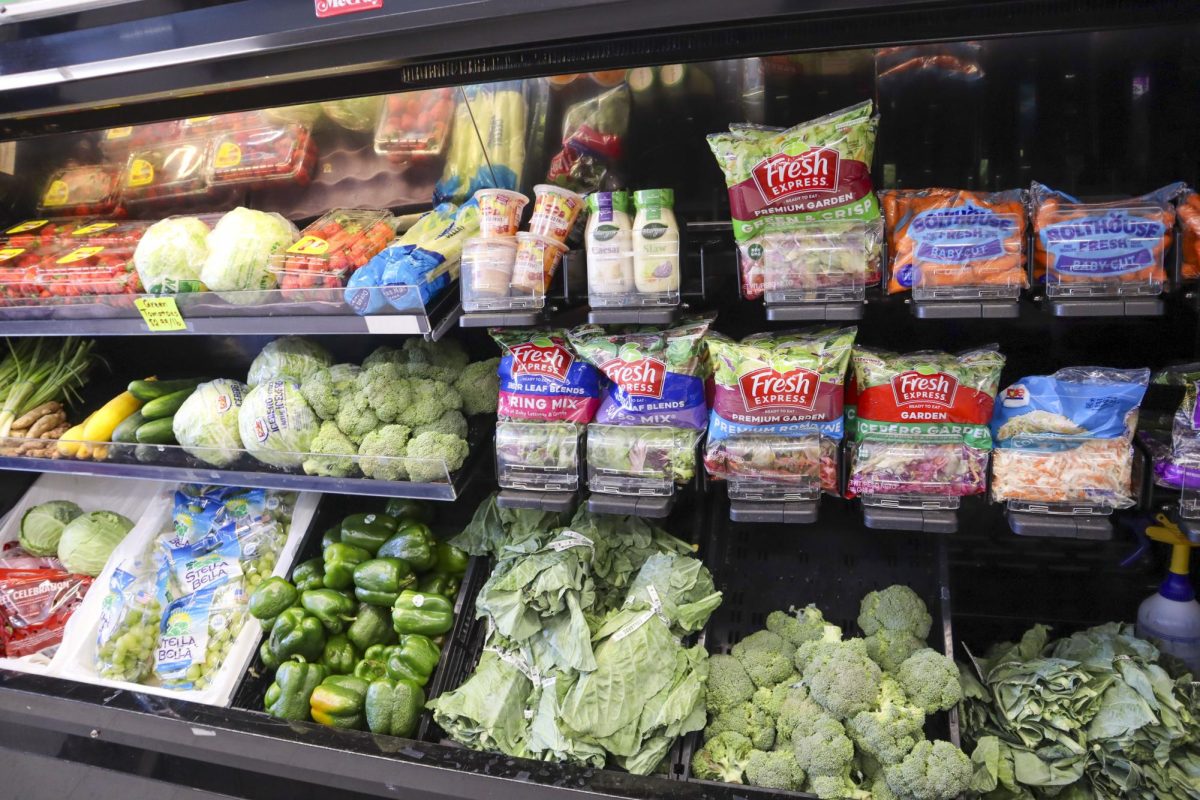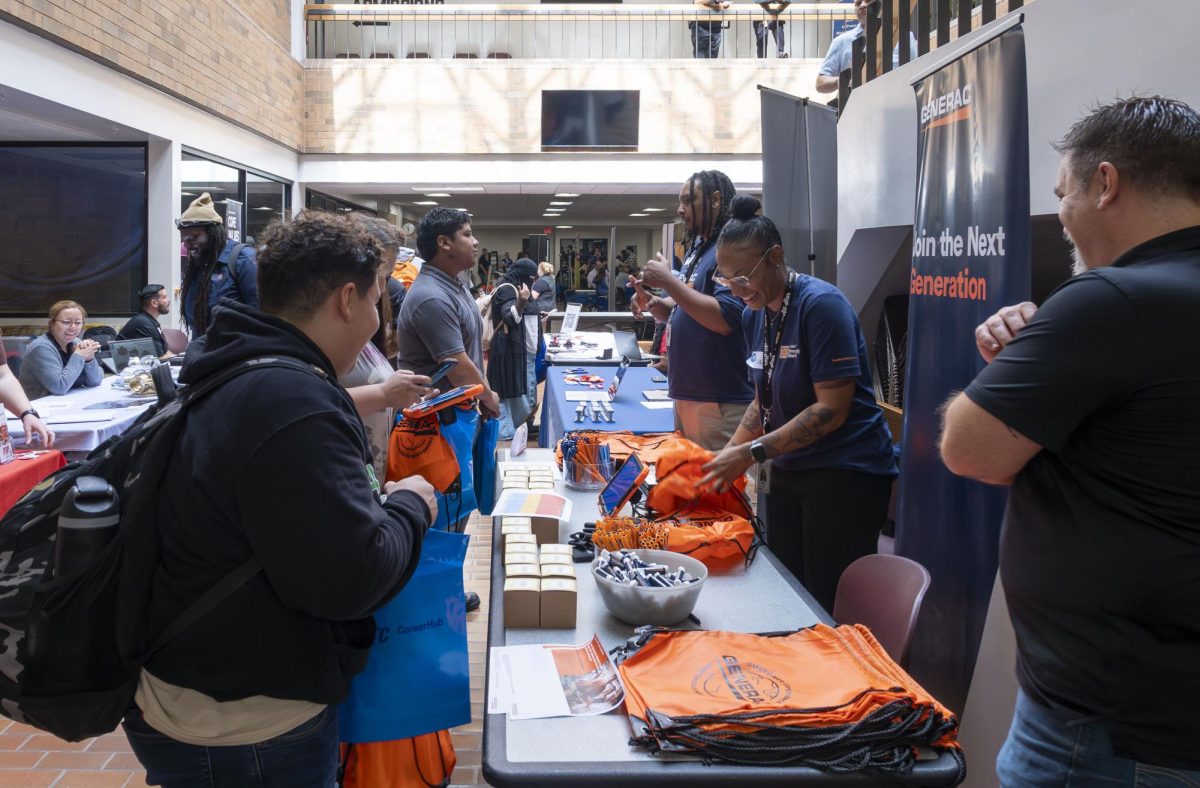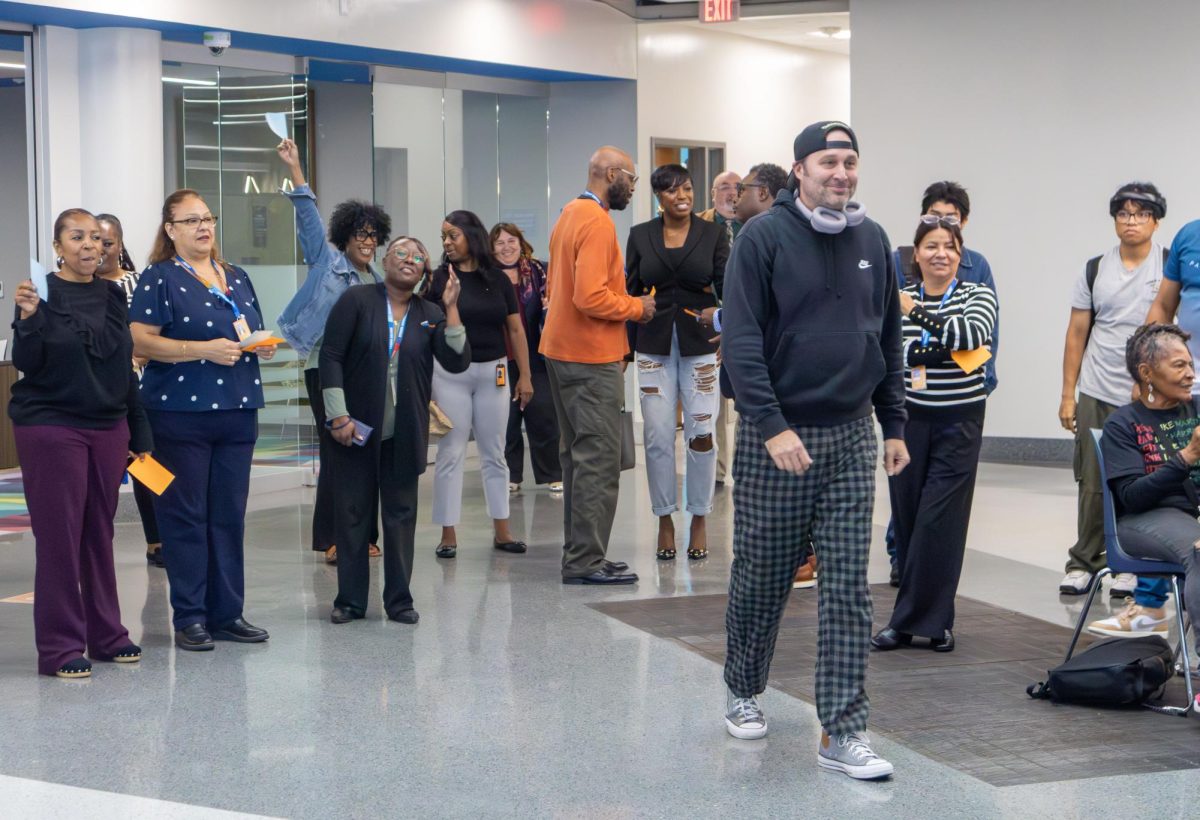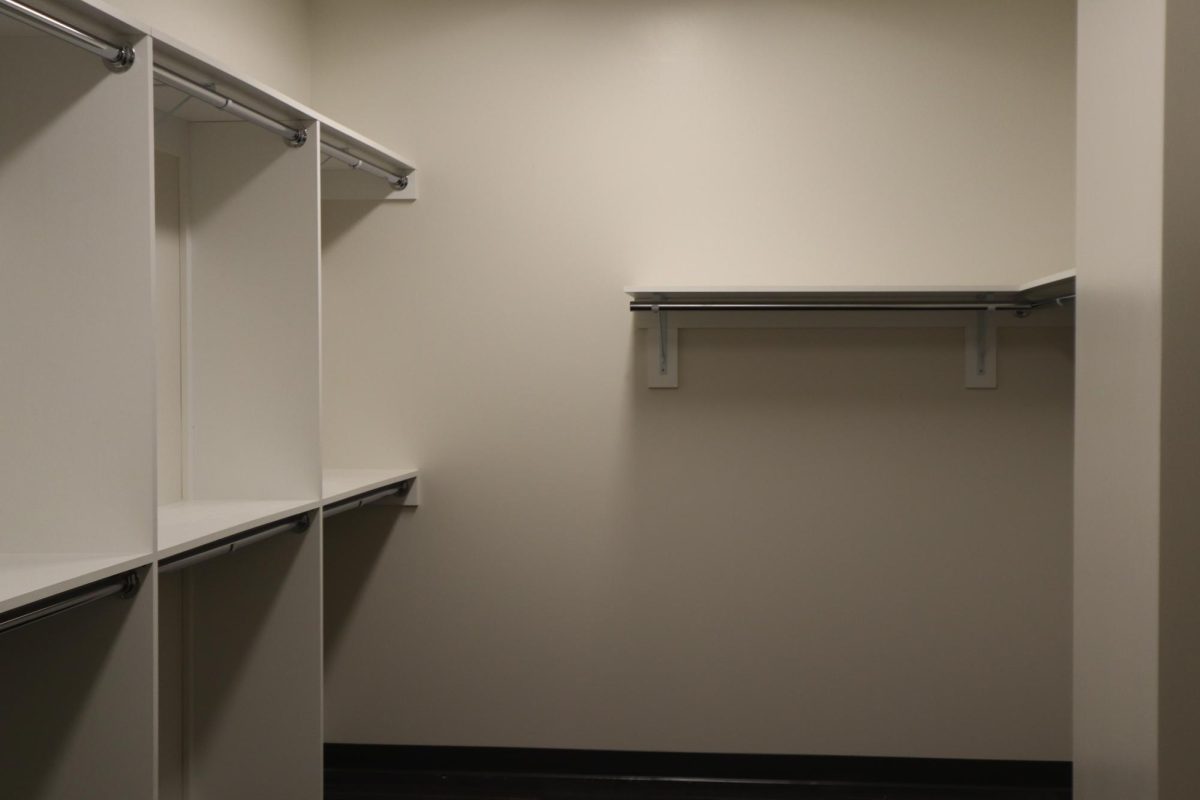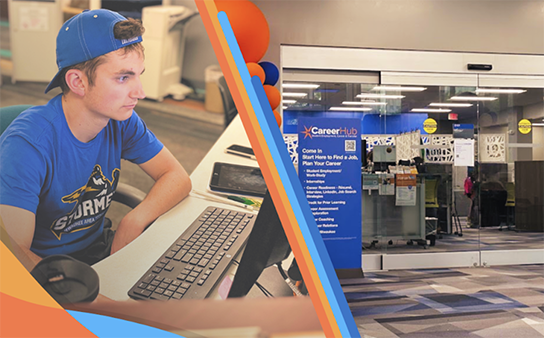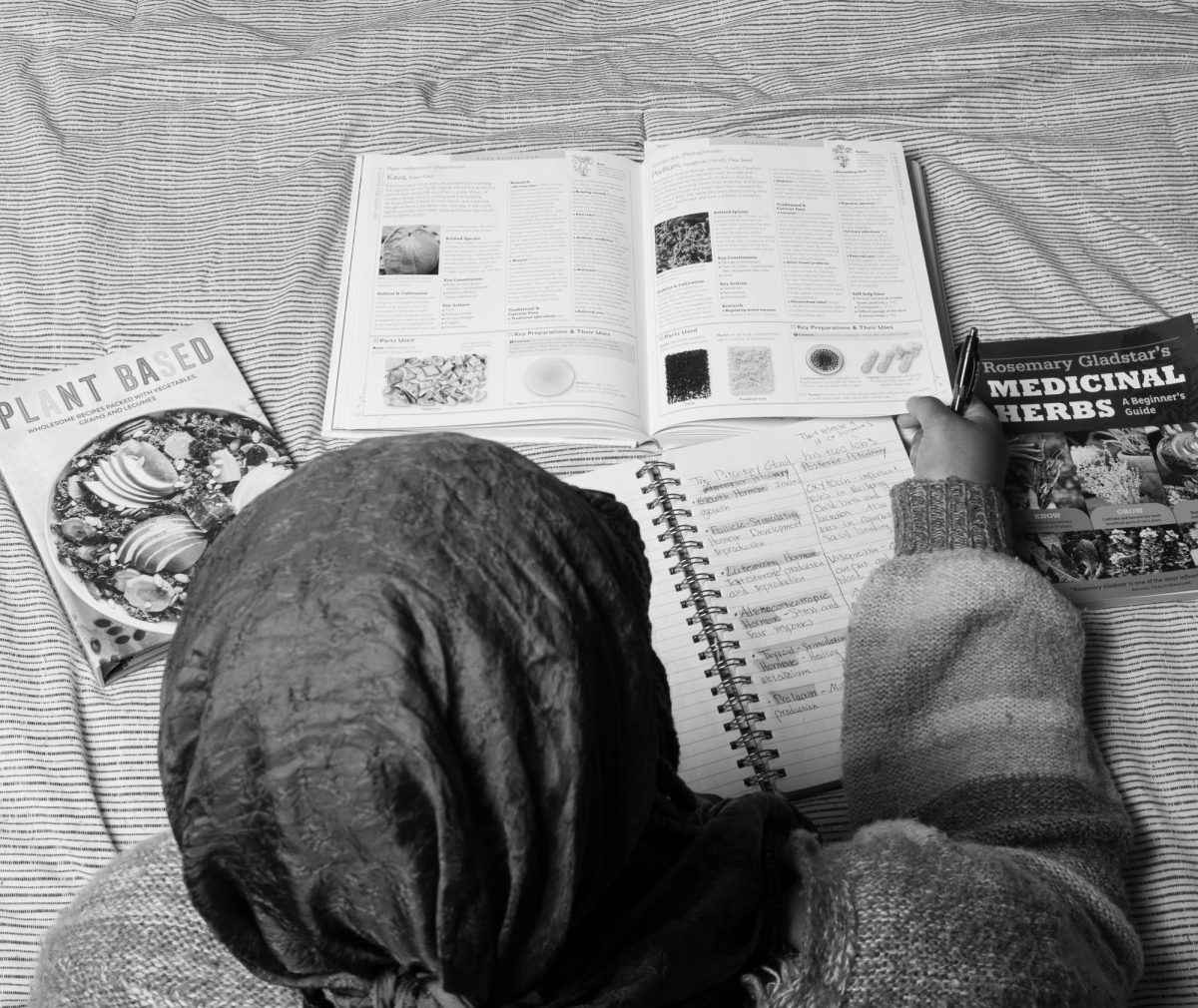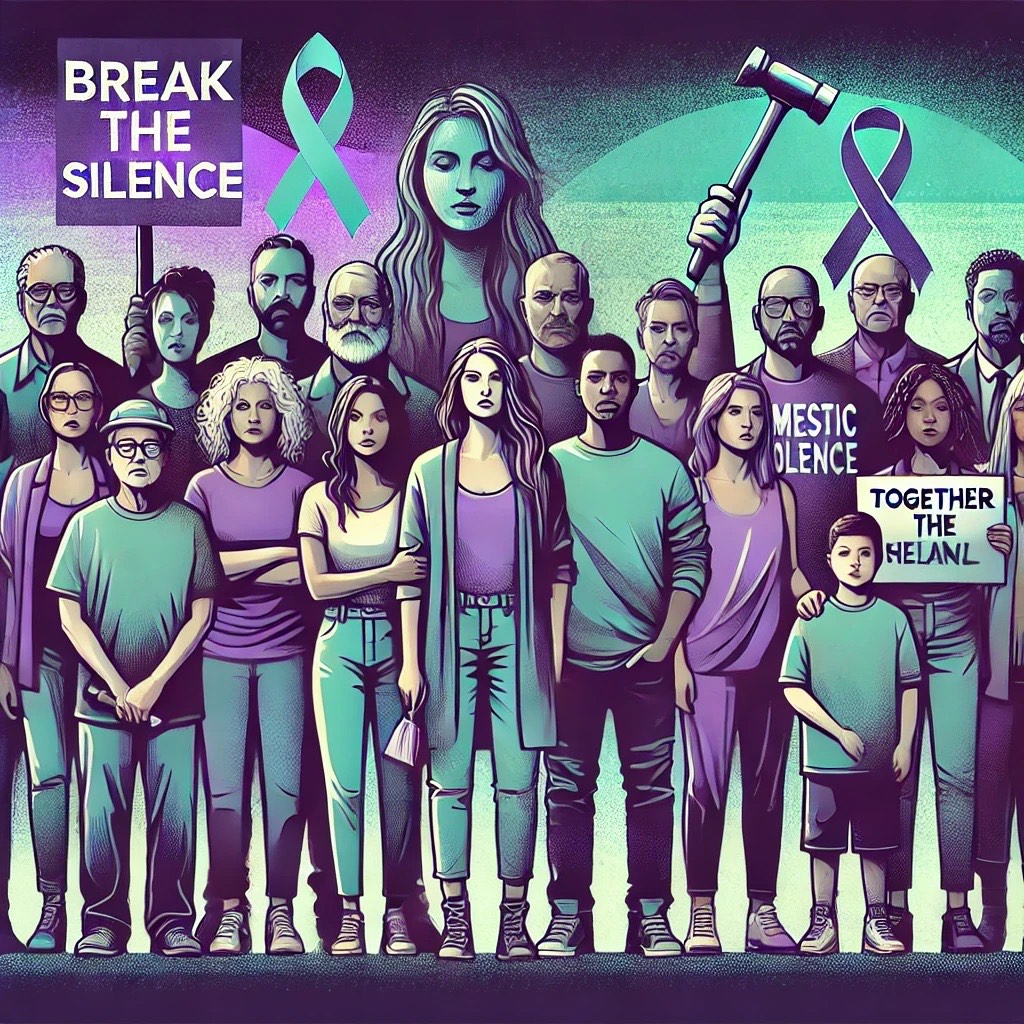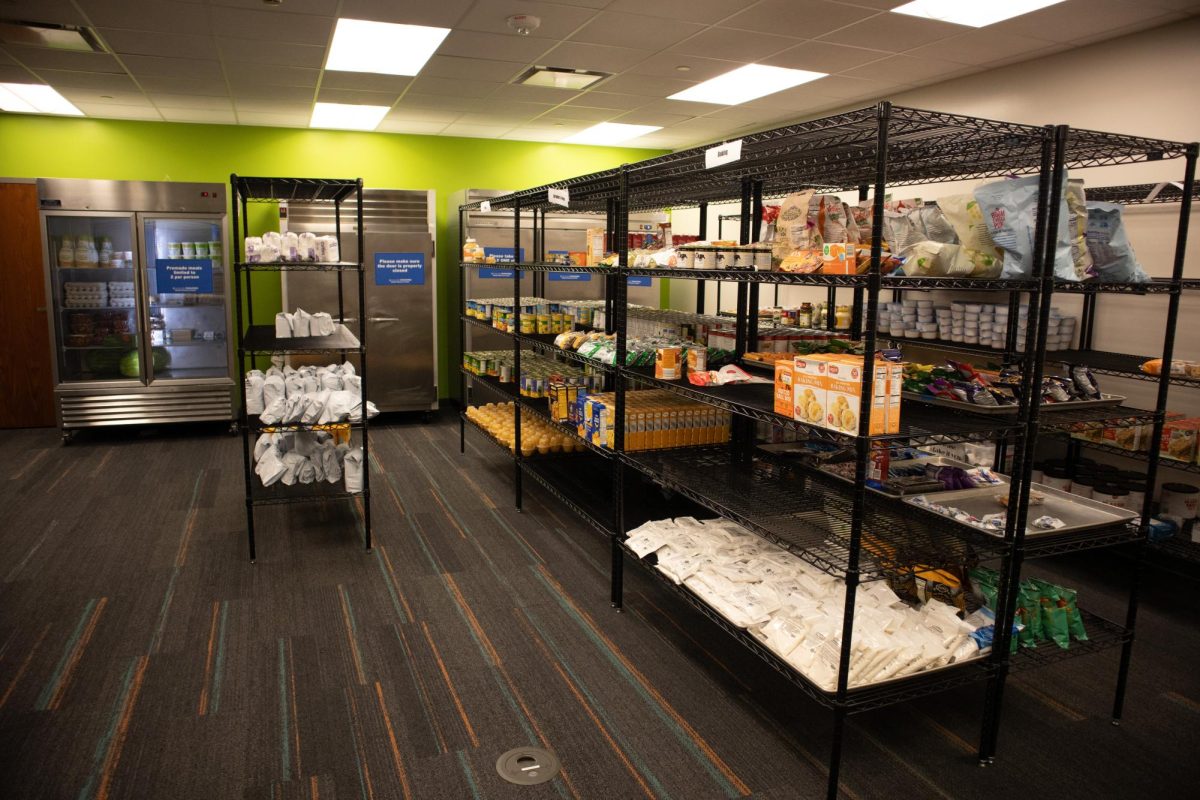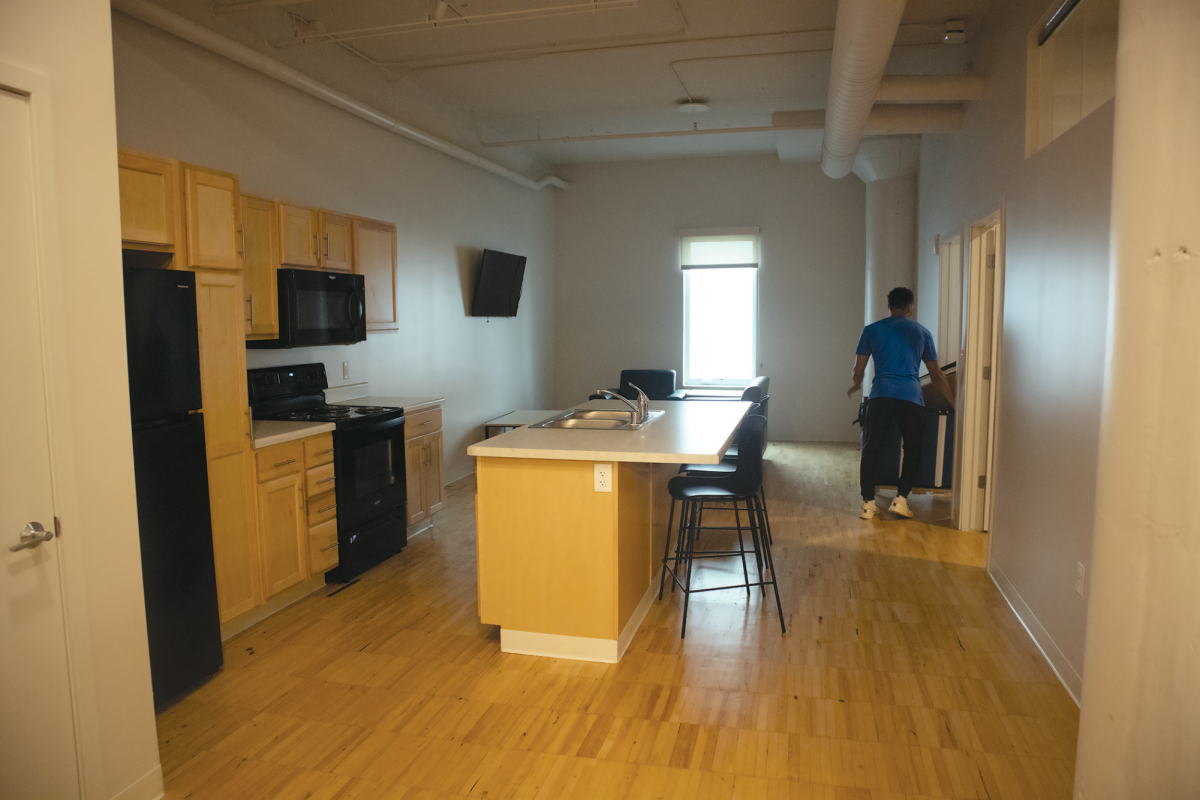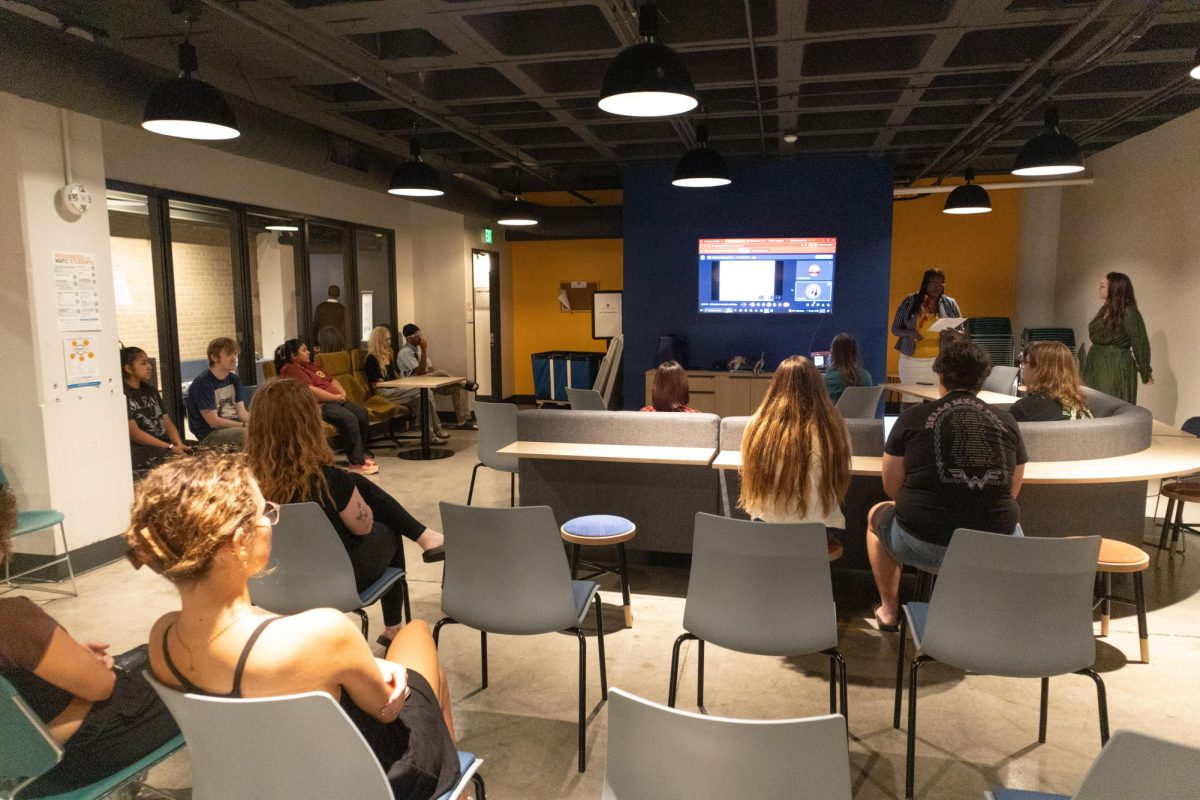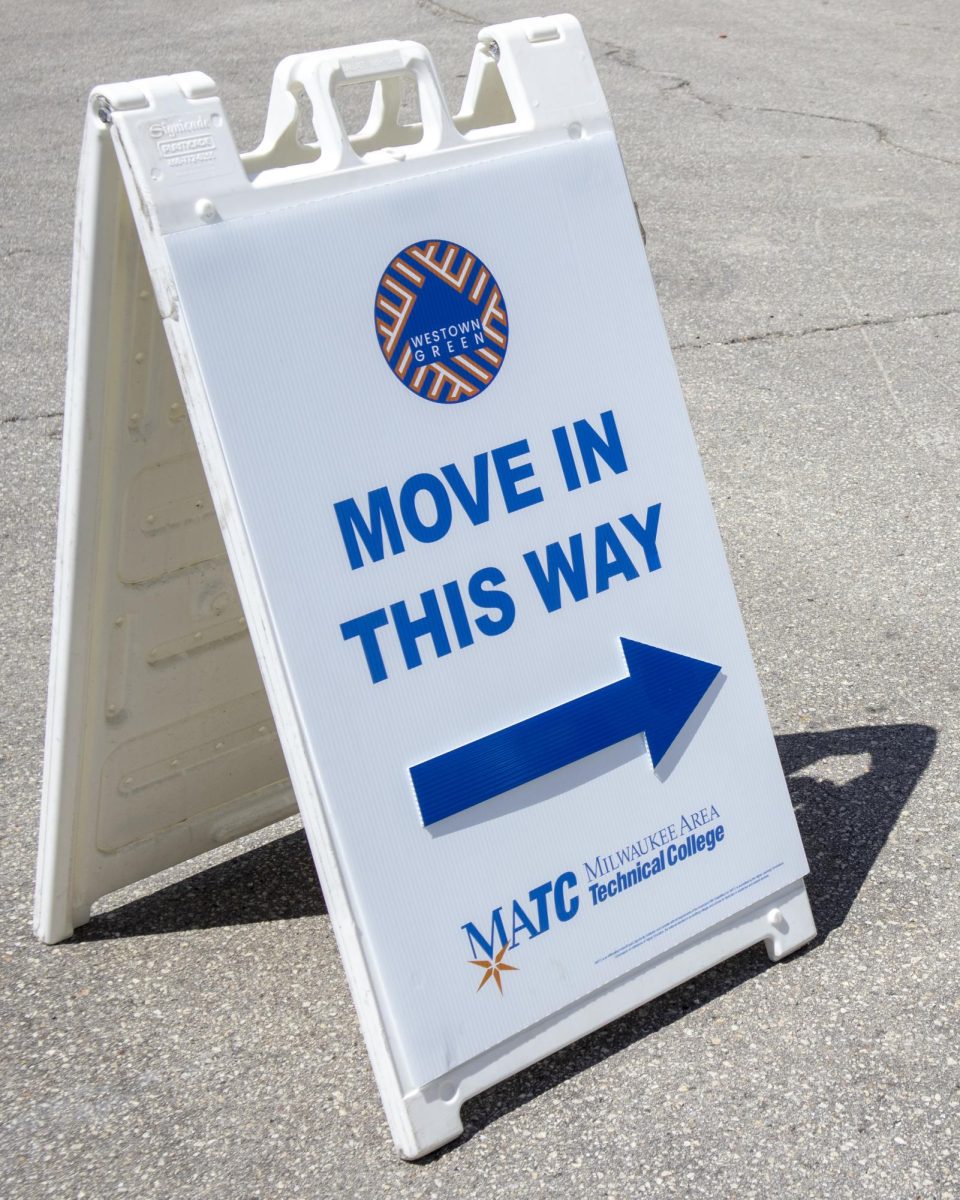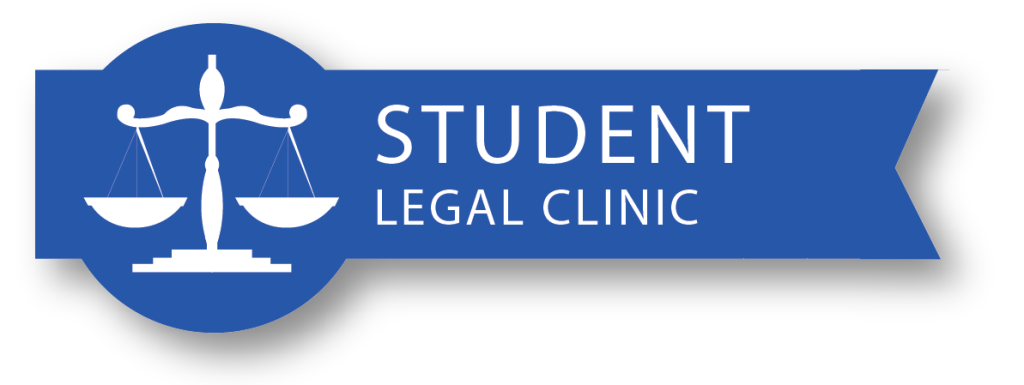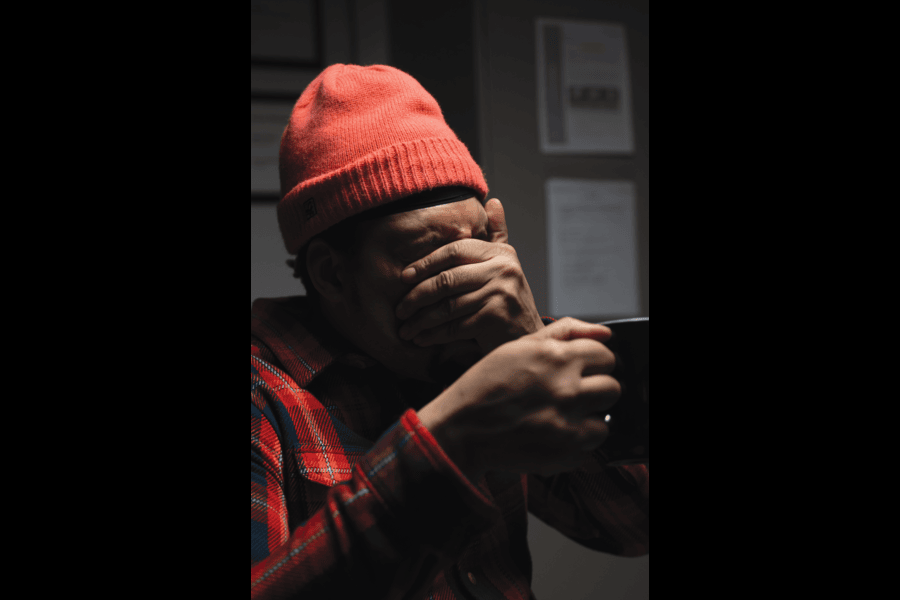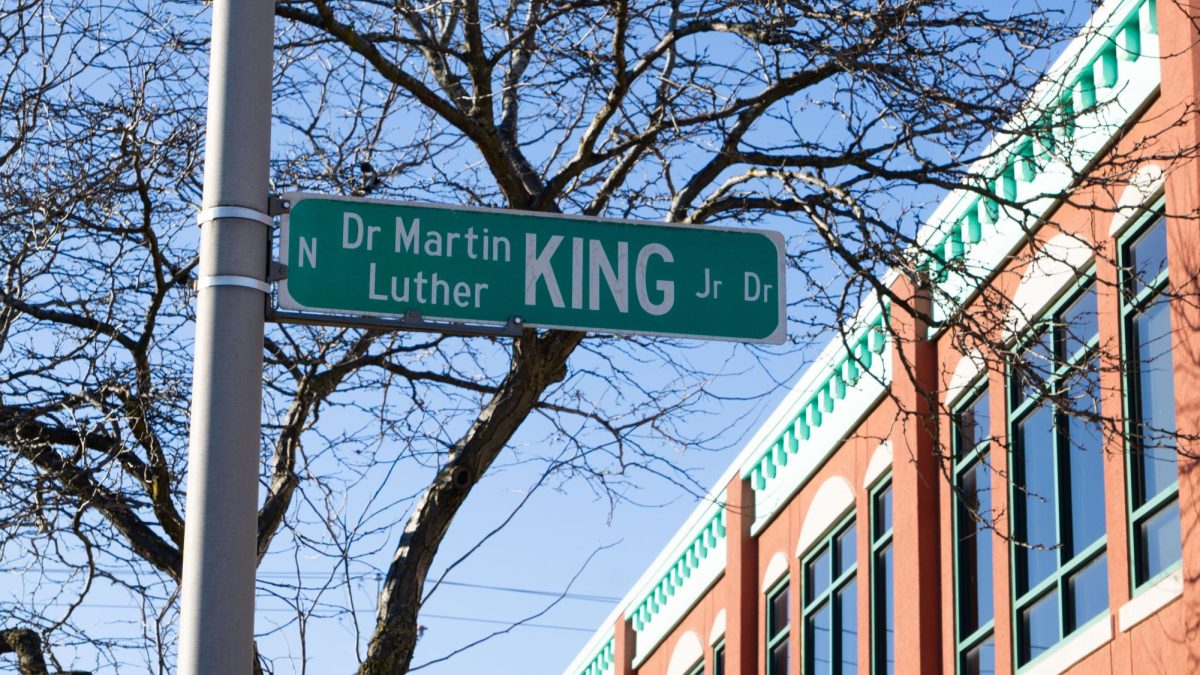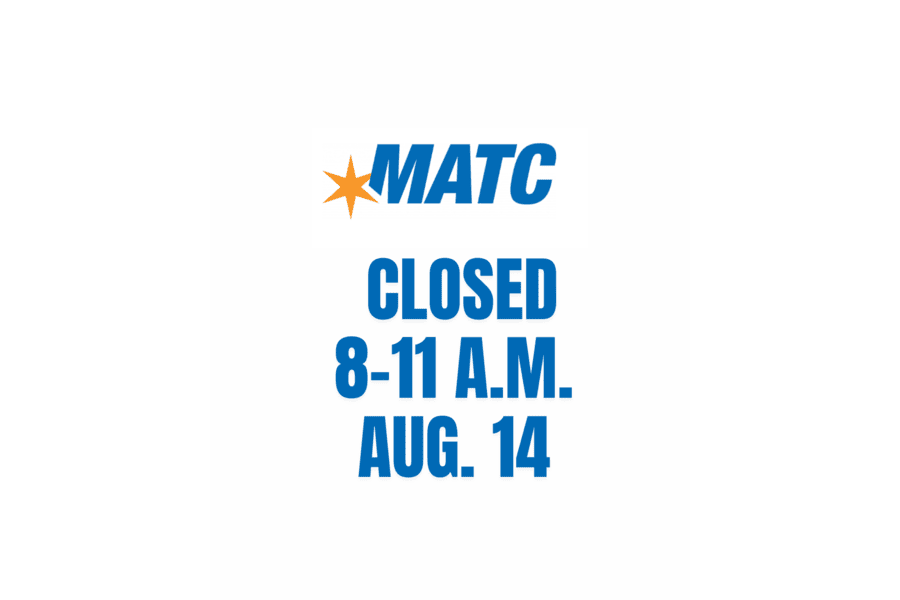At this point in time, kiosks all over campus accept money to be converted into “campus cash,” pending your deposit. Campus cash covers parking expenses, food court purchases and ATM transactions. As of next semester, a 5-cent charge for a black & white printed document is in sight, to add to what campus cash would already cover.
Our college proudly stands behind a self-sustaining policy which wastes as little energy as possible in order to be cost efficient. Considerable sources of power for the Mequon Campus are supplied by wind turbines. A push to recycle compost is being made by disposing ordinary trash in designated bins at Milwaukee’s Campus.
It would only be a matter of time before the need to reduce obvious waste will limit what a student can print. Like it or not, free print is on its way out.
Pay-for-Print Committee Co-chairman Archie Graham’s goal is to keep every academic experience essential. This is because he is also the Director of Student Life.
Graham believes minimizing use of paper unrelated to course work is a major short-term financial benefit. Paying for print, he says, “reduces waste and the cost affiliated with waste that is non-essential” to academic advancement.
Non-essentials include flyers for upcoming attractions not sponsored by the school or ‘tweets’ from classmates.
The official pay-for-print start date is in the spring semester of 2011. The clear-cut date and plan has yet to be confirmed, but Graham and his committee will publicize a test period that will begin in November.
Before the announcement, posters in multimedia centers will remind students of the date which will effectively end free print. The cost of other special prints will also be advertised on posters.
The Pay-for-Print Committee is in discussion with the general faculty about pulling 200-400 students out of classes during a date in November.
This is a session to debug for technical concerns that hold back paying for print. These concerns include ironing out kinks in the system and properly maintaining student account balances spent for print. Heavy traffic will also be evaluated when many students will be using even fewer printers.
This is the part of the November test period, piloted strictly by the students.
After this, Graham hopes “all the pieces will work seamlessly across all districts.”
Between November’s test period and the beginning of next year, Graham’s committee would like to ease students into the new transition.
Committee member Kathleen Hohl promises 200 pages of free print to each student. “When those free prints are up, you must pay,” says Hohl.
As Director of Student Life, Graham would like to reassure prints handed out in some classes are free of any student responsibility. “For now, our English Department has its printing account allocated.”
This is a move resonating with an opinion of one student. Liberal Arts sophomore Chris Ford, 22, understands why paying for print is necessary, to an extent.
“It’s a perspective on how much the student wants to print. Sometimes it’s for recreational purposes where it should only be for school work.”
Ford went on to say he believes school-related prints should be free for those on financial aid.

